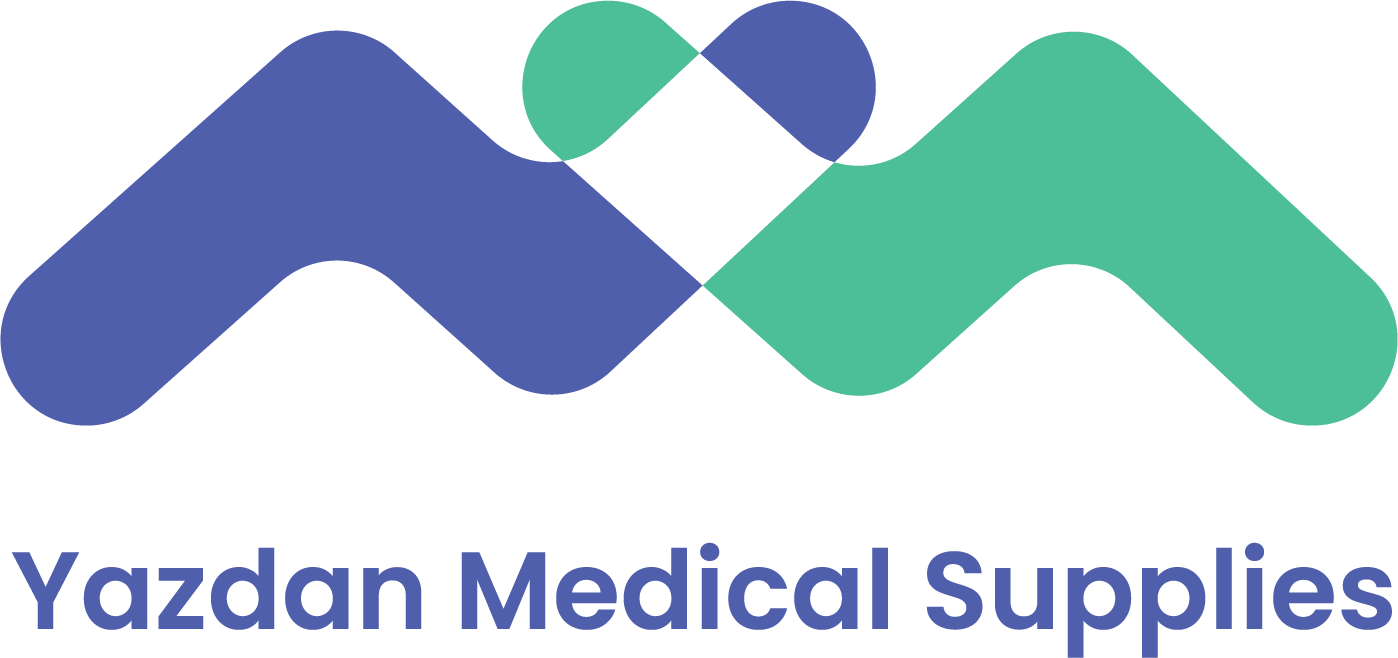Optimizing Your Medical Supply Procurement
Effectively procuring medical supplies and equipment is crucial for healthcare facilities and practices to run smoothly. However, managing an intricate supply chain can prove challenging without established best practices. Let’s explore proven strategies for optimizing inventory management and ensuring a seamless flow of materials from suppliers to end users.
Implement Technology-Driven Inventory Control
Leveraging inventory management software streamlines operations by digitizing orders, tracking shipments, and maintaining stock visibility in real-time. Automated replenishment tools use consumption data to reorder items before they run out. Together with barcode scanning and scanning technologies, this minimizes stockouts and gets supplies where needed faster. Additionally, integration with your electronic health records (EHR) allows demand forecasting based on case volumes and clinical protocols for a well-balanced stock.
Take an Analytic Approach
Closely monitoring usage analytics, such as item utilization rates, consumption patterns, and top SKUs, provides valuable insights for effective planning. Determining appropriate reorder points and safety stock levels helps avoid excess waste from overstocking. Right-sizing stock maintains lean operations while still meeting clinical needs. Supplier performance metrics like fill rates and on-time delivery averages provide negotiating power to improve service levels over time. Data-driven decisions optimize spending across your portfolio.
Streamline Processes through Standardization
Adopting consistent supply request and fulfillment procedures is key to efficiency. Rather than manual or fragmented methods, standardized processes reduce delays in clarifying orders. For instance, designate specific shipping addresses and contacts. Implement pre-approved stocking lists that require authorized sign-off for non-formulary additions. Requiring purchase orders for all acquisitions and using e-procurement portals for consolidated ordering eliminates maverick spending on unapproved items.
Build Partnerships with Suppliers
Cultivating strong supplier relationships fosters cooperation and responsiveness to changing demands. Get to know your representatives personally so they understand your unique needs. Leverage group purchasing organizations (GPOs) and prime vendors for consolidated volume-based pricing. Collaborate closely with suppliers during transitions like mergers, new locations, or EHR changes. Ensure business continuity agreements are in place to minimize inventory risks from unplanned disruptions.
Plan for Growth and Emergencies
Forecasting future space requirements and increased volumes as your organization expands helps avoid overcrowding issues. Contingency plans for disasters, pandemics, or supply chain delays can quickly adjust inventory levels to critical items. Alternative sourcing strategies or temporary product substitutions keep essential supplies flowing when primary vendors face constraints. Effective emergency preparedness safeguards the continuity of care even during unexpected events outside your control.
Procuring medical supplies requires continuous optimization across functional areas. Applying best practices like those outlined can deliver substantial improvements to inventory efficiency, cost savings, and quality of care through reliable access to necessary materials. Do not hesitate to discuss customizing recommendations to your unique needs.


